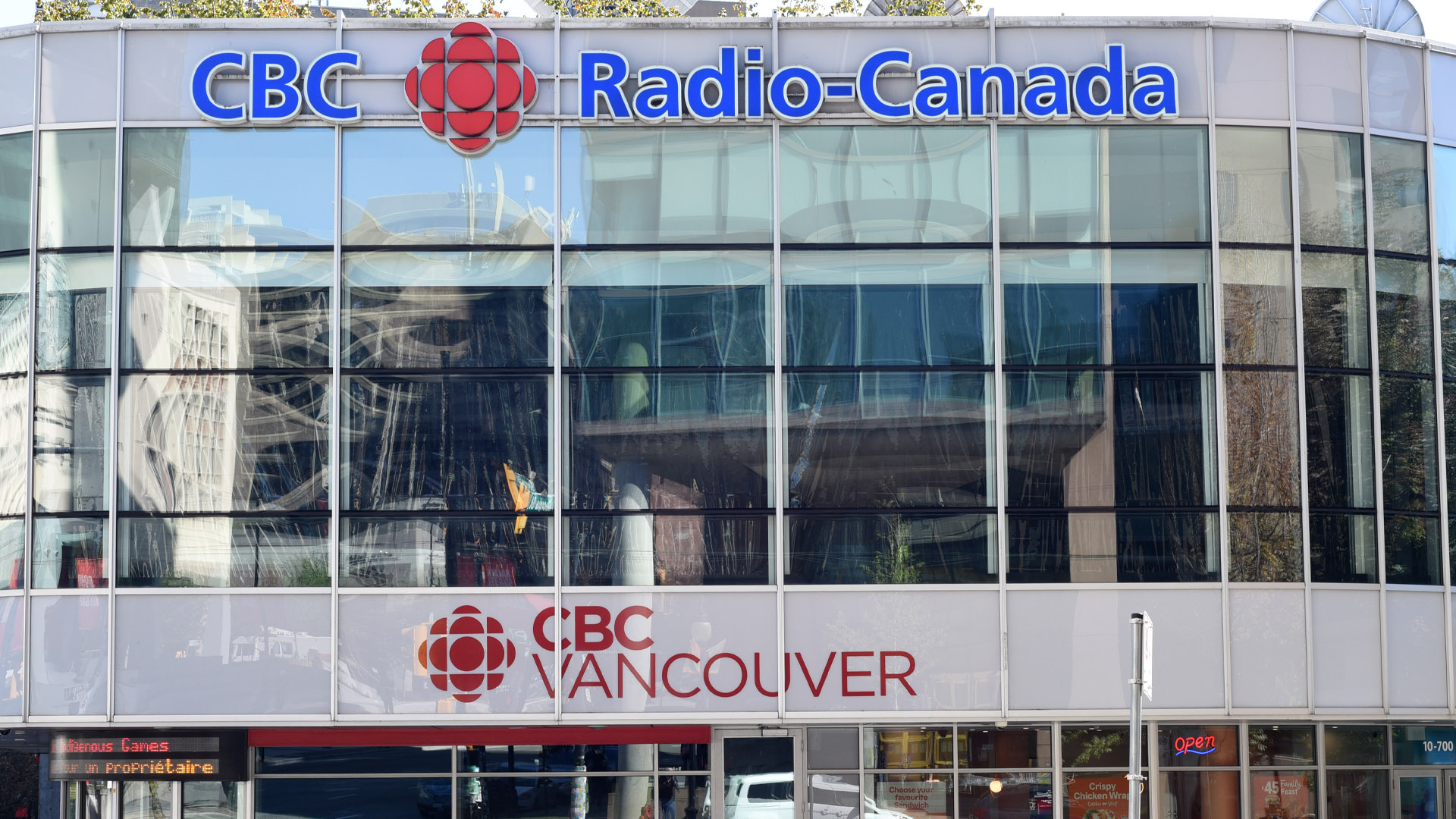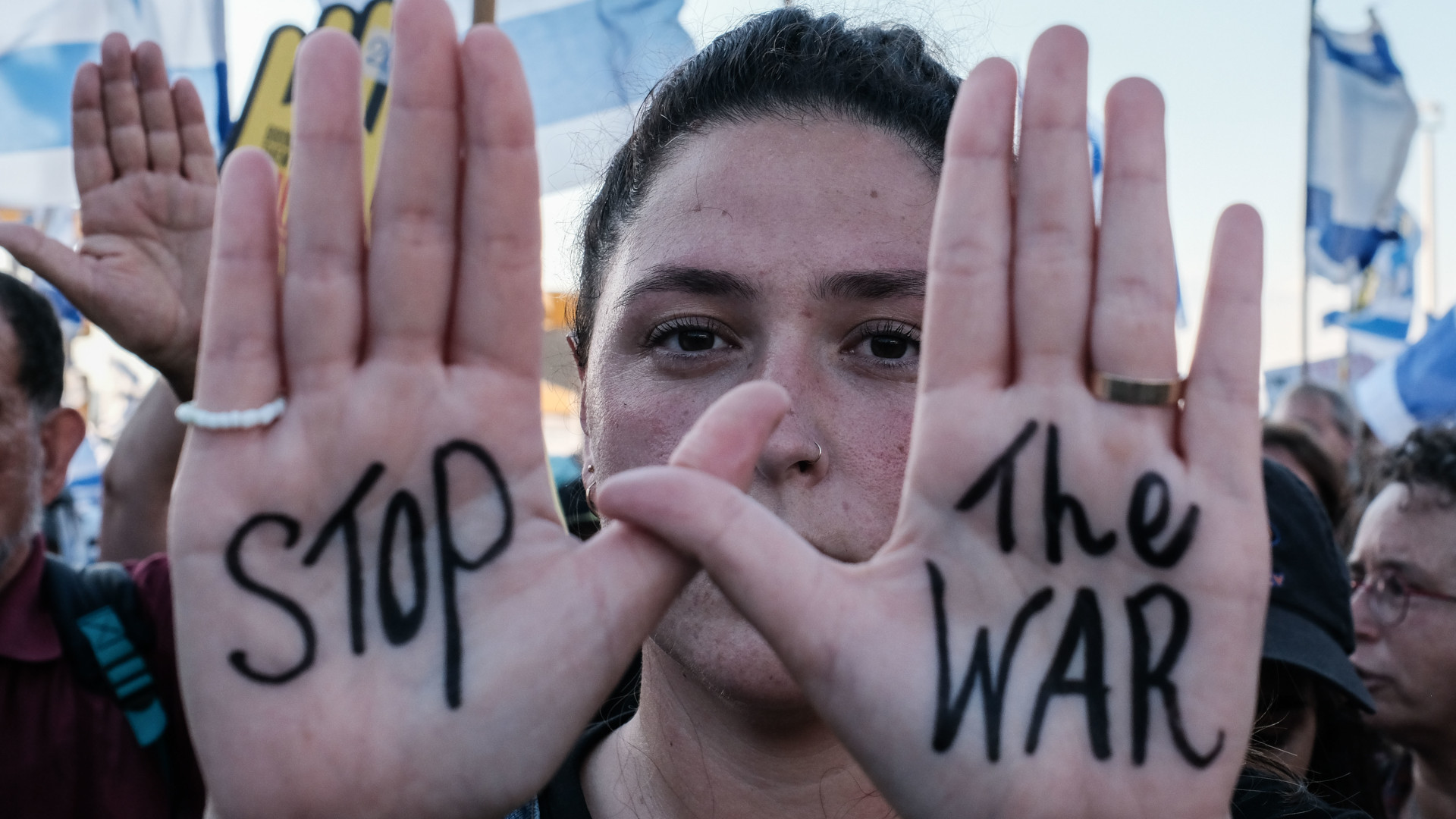
What a wonderful party it was. For the third time, Canada proved to be a generous and gracious Olympic host, and demonstrated again our ability to organize major international sports events. The event was crowned by the marvellous achievements of Canadian and visiting athletes, including the medal winners.
The bragging of Own the Podium (OTP) and the entitlement of Vancouver’s motto (“It’s Our Turn”) were overshadowed by those athletic achievements, the widespread celebrations of the event itself and the record number of Winter Games gold medals won by Canadian athletes (14).
The realities of everyday life returned far too quickly after the closing ceremonies, bringing with them hyperbolic statements about the Games being a defining moment for Canada, and an event that solidified national unity. However, many are still basking in the emotional warmth generated by the Games and reinforced by the Paralympics. It may, therefore, be too early to expose these achievements to the cold light of analysis; but since the Vancouver Olympic results are already affecting budget and policy decisions, some evidence is warranted.
Canada finished in third place in the medals table, behind Germany and the United States. This was exactly the same position where Canada finished in 2006 (Torino), behind the same two countries. The OTP program had spent some $94 million during the four years since Torino to ensure that Canada finished at the top of the medals table at Vancouver. This confirms what Australia has recently realized: for those involved in the global sporting arms race, it costs more and more money even to try to stay at the same place in the medals table.
Canadian athletes won 24 medals in Torino and 26 in Vancouver. Those two extra medals thus cost some $47 million each of OTP funding. Canadian athletes were rightly celebrated for winning a record-setting 14 gold medals in Vancouver, 7 more than they won in Torino; the cost per extra gold medal in OTP funds was therefore about $13.5 million. It is worth remembering that the Vancouver medals actually cost a great deal more; OTP (mainly public funds) represented additional funding, over and above what is usually provided by Sport Canada and the national winter sport organizations. The total OTP funding package was some $117 million over five years; Canadian athletes at Torino benefited from the first year of OTP funding — approximately $23 million.
The metrics of success may be calculated in various ways. In population terms Canada’s 26 medals represent one medal for each 1.25 million Canadians. This far exceeds the ratios for Germany (1: 2.7 million), the United States (1: 8.3 million) and Russia (1: 9.5 million); but Norway led the way, winning one medal for every 210,000 Norwegians. Canadian women were particularly successful: of the 206 athletes on the Canadian team, 91 (44 percent) were female but they, for various reasons, won 14.5 of the 26 medals (56 percent). (The ice dancing medal is shared.) Quebec athletes were even more successful: 50 of the 206 athletes were from Quebec (24 percent); 24 of those athletes went home with a medal, a “conversion rate” to be envied. And the OTP program declared itself a success, despite failing to meet its stated goal.
A renewed funding program should change its name, and manage expectations. The name Own the Podium made many uncomfortable from the start. Eventually it came to be used against the Canadian team (German sports officials used it to motivate their athletes to beat Canadians), and during the first week of the Olympics it became a joke.
OTP suffered a great deal of criticism during the first week of the Olympics: first, for the name of the program; second, for evidently failing to achieve its goals; and third, for apparently placing additional pressure on the home team athletes by announcing in advance potential medal winners and medal totals. Strategically, at the midpoint of the Games, OTP and the Canadian Olympic Committee changed the definition of success. When it became apparent that Canadian athletes would not be able to win the most medals, success was redefined as winning the most gold medals. Canadian athletes exceeded expectations, winning more gold medals than any country had previously achieved at a Winter Olympics.
However, just as OTP is assuming its success, it is equally possible to assume that Canadian athletes could have achieved even more medals under a different funding strategy. The striking number of fourth- and fifth-place finishes by Canadian athletes and the reported comments by some athletes — recipients of OTP funding, medal winners and others — critical of OTP’s focus on medals as the only definition of success, and of the additional pressure they felt as a result of OTP’s announcements, combine to suggest that perhaps something was left in the tank. Perhaps Canadian athletes could actually have achieved first place in the medals table.
What could have been done differently? What might OTP learn for the future? What policies should be in place to guide Canada’s high-performance funding strategies?
First, from the athletes’ perspectives (at least those who received funding benefits) the OTP program was a great success. Athletes reported that they were much better prepared than in the past, and that this time they did not feel at a disadvantage compared with their formerly better-funded competitors. But the program was also divisive, reportedly creating two classes of athletes — those expected to win medals and receiving funding, and those not. It seems that Canadian sport officials have not learned the lessons from Canada’s past Olympics, especially Torino. Several Canadian athletes rise to the occasion at every Olympics, and unexpectedly win a medal. The Canadian Olympic Committee sent a large team to Torino to give young athletes some Olympic experience before Vancouver — and some of them unexpectedly won medals. All of the athletes who won medals in Vancouver were expected to do so; there were no surprises. Failing to spread the wealth, and creating two classes of athletes, may have discouraged some of the team from believing that they could win. A renewed funding program should support as many athletes as possible.
Second, a renewed funding program should change its name, and manage expectations. The name Own the Podium made many uncomfortable from the start. Eventually it came to be used against the Canadian team (German sports officials used it to motivate their athletes to beat Canadians), and during the first week of the Olympics it became a joke. US snowboarder Nate Holland was widely reported as saying to Canadians, “You can own the podium — we’ll just rent it for the month.” The boastful name, combined with declarations that Canada would lead the medals table and varying reports of the total number of medals that would be won, served to place additional pressures on athletes who already had to cope with the enthusiasm of home team spectators. Some managed far better than others. Other teams managed expectations more credibly. The United States Olympic Committee never declared that US athletes would lead the medals table or proclaimed the number of medals that would be won. A more neutral name (e.g., “level playing field”) that served exactly the same purpose of permitting Canadian athletes to feel that they were as well prepared as their main competitors, and to enter their events with a quiet confidence, might have worked even better than OTP.
Third, a renewed funding program should broaden its definition of success. As Clara Hughes often stated in her lowkey criticism of OTP, we should recognize, support and reward excellence whether or not it comes with a medal. The single-minded focus on medals does a real disservice to athletes who finished out of the medals but have achieved Canadian records, finished higher than Canadian athletes have ever finished in an event or overcome extraordinary challenges in order to compete in and finish an event. A single-minded focus on medals also produces funding distortions in a sport system. Just as Australians recently realized that they were spending more government funds on archery (an Olympic sport with a relatively small number of Australian participants, but where a number of medals are awarded) than cricket (a national sport, but not an Olympic sport), Canadian team sports are beginning to realize that they are being starved of funding because Olympic team sports only award tourments gold medals to the winners of men’s and women’s; funding is going disproportionately to individual sports that are “medal rich” because there are multiple events (e.g., swimming).
Finally, a broader definition of success should include achieving a legacy of increased sport and physical activity participation. In public policy terms, Olympic success produces relatively intangible benefits such as increased national pride. The vast majority of the world’s population will not remember which country won the most medals at a specific Olympics; the United States is probably not a better place to live because its athletes won the most medals in Vancouver; and Austria is probably not a worse place to live because its team did not win as many medals as expected. But Norway is a better and healthier place to live because public policy has found a way to connect the funding of high-performance sport with providing widespread opportunities for citizen participation in sports and physical activities. The Scandinavian countries consistently report the highest levels of participation.
If the well-being of the citizens of a nation is a major goal of public policy, then having an active healthy population goes a long way toward achieving that goal. Such a population realizes significant savings in health care, enjoys enhanced citizen participation (e.g., increased volunteerism) and has a lower incidence of crime and troubled youth. This is an implicit aim of high-performance sport funding policies, and of programs such as OTP. Governments, programs and even athletes claim that the trickle-down benefit of inspirational Olympic performances is increased sport participation. This is a convenient fiction, promoted by the International Olympic Committee, and echoed by all of those who stand to benefit from increased funding for high-performance sport. Unfortunately, the evidence from Canada and other countries shows that inspiration is not enough.
Many young people in Canada are currently inspired by the Olympic performances that they have recently seen. Unfortunately, most will soon find that the possibilities of realizing that inspiration are quite limited: geographically (Where are the nearest facilities for practising the sport?); economically (Is my family able to support my participation in the sport?); and infrastructurally (Are there available and affordable facilities, instructors and coaches to enable participation in the sport?). The answer is no in far too many cases, and measurable increases in sport participation following an Olympic Games are extremely rare. As a consequence, many of the wealthy countries draw their Olympic participants disproportionately from a relatively narrow segment of the population: those whose families are able to afford all of the travel, equipment, instruction and other costs required to develop a young athlete to the point where she will be eligible for government funding. Private-school students in Britain constitute 7 to 8 percent of the school population, but it is estimated that some 65 percent of the British Olympic team in 2012 will have gone to private school. Canada is not as restrictive as that, but the data indicate that even Canada’s Olympic athletes are disproportionately drawn from a relatively narrow segment of the population.
Thus, a renewed funding program needs to connect support for high-performance athletes with more democratized opportunities to participate. This may be achieved in various ways, and there are good models in some other countries. Perhaps one place to start would be to connect high-performance sport funding to opportunities to participate in that sport. A consequence of the distortions introduced by a single-minded focus on medals is high levels of funding for sports in which very few people are able to participate. According to OTP, the sliding sports (bobsled, skeleton and luge) received $2,874,061 in OTP funding (in addition to their usual levels of funding) in the year leading up to Vancouver. There are probably fewer participants in the sliding sports in Canada than there are in archery in Australia; but that level of funding needs to be compared with funding for a mass participation sport. For example, the annual budget for Basketball Canada is approximately $3 million.
The recent federal budget promised more of the same. The government will supply the funds no longer provided by the corporate sector for OTP; and there is $10 million over the next two years for the Canadian Paralympic Committee, and $2 million over the next two years for Special Olympics Canada — in both of these cases the support is most likely to go to the most able/highest-functioning athletes, rather than to the grassroots. ParticipAction will receive $6 million over the next two years for more public service announcements, but are there many Canadians who still do not know that physical activity is good for you?
We need increased opportunities for all Canadians to participate, and creative thinking to imagine ways to connect needed funding for high-performance athletes with more democratized access to sports and physical activity participation. If Vancouver 2010 is to have a real legacy, we need to start developing it now.
Photo: Shutterstock







